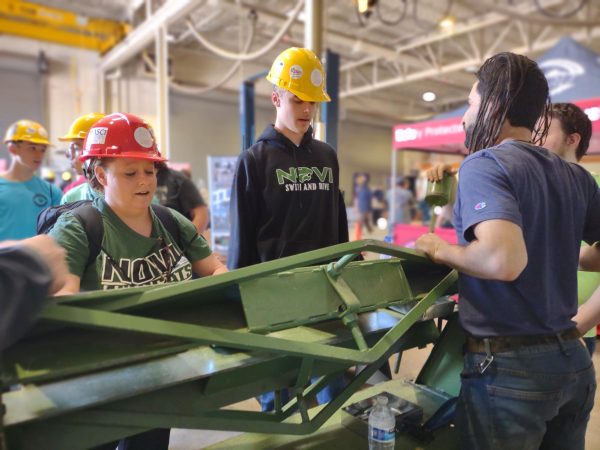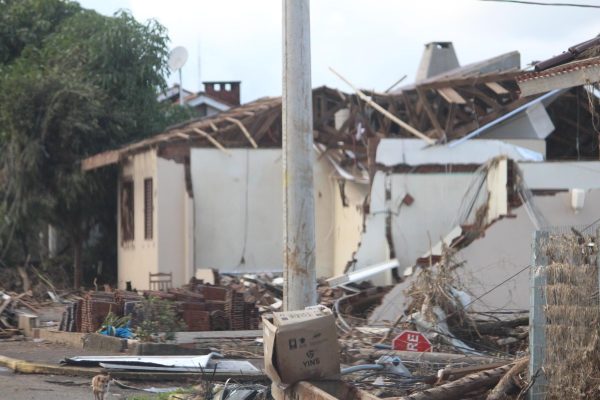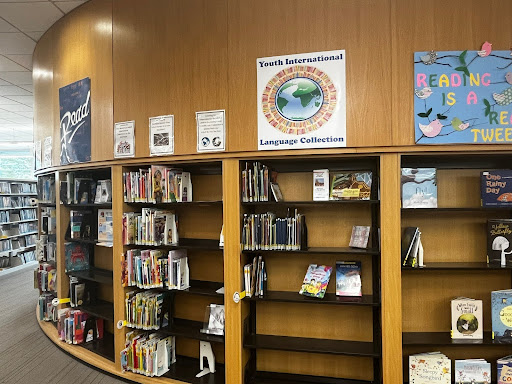Principal responds to questions, concerns surrounding Academic Advisory following student, staff survey
Shortened virtual Wednesdays replaced Academic Advisory
Every Wednesday, after the bell signaled for the end of third hour, students used to head to their Academic Advisory to take advantage of the 40 minute break between classes.
Many students used it as an opportunity to catch up on work, ask teachers for extra assistance, retake a test, or take a break from the hectic school day. Teachers used it as an opportunity to grade assignments, prepare for classes, or help students with work. Academic Advisory was also used as an opportunity for students and teachers to bond and build a home base within students’ schedules.
With the Coronavirus pandemic taking over the school year, the school had initially shifted from an Academic Advisory schedule to a shortened Wednesday schedule amid safety concerns. Rather than include an Academic Advisory, the school day was held virtually for all students and would end at 12:05 p.m., giving students and teachers asynchronous time to work, and for staff to hold meetings.
But this too, was taken away from the schedule as Hybrid students returned to a fully in person schedule.
Academic Advisory was initially taken out of the schedule this year due to safety concerns. Having an Academic Advisory meant more mass travel within the school, leading to more opportunities for a COVID-19 outbreak to occur.
“Well, leading into the school year, we knew that with COVID-19, we wanted to minimize the number of contacts,” Principal Nicole Carter said. “We just decided that, for this school year, based on the variables, that [it] would be in our best interest to not have Academic Advisory because it would be yet one more contact trace for our staff, as well as one more item that could potentially be disrupted based on whichever learning modality that we were and were not in.”
Regarding the shortened Wednesday schedule, it went away the second the School Board had decided on bringing Hybrid students back to school five days a week.
“Dr. Matthews provided the school board with his recommendation on multiple occasions, and he had the different metrics that we had to meet in order for us to be able to return back to school five days consecutively. And so once we were able to meet those metrics, then that virtual Wednesday went away,” Carter said.
Students, staff favor shortened virtual Wednesdays
In a survey of 201 students and 29 teachers, trends showed that both students and teachers did not favor shortened Wednesdays being cut from the schedule. On that same note, 98% of students and 100% of teachers said they enjoyed having a shortened school day on Wednesday.
In contrast, 71.6% of students and 58.6% of teachers enjoyed having an Academic Advisory.
A commonality among both students and teachers is that many used the time on Wednesdays to work on school related tasks, with 86.1% and 96.6% of students and staff respectively.
Students said they used Wednesdays as a time to relax and get more sleep, as well as to get more exercise, do chores around the house, hang out with friends, and work on tasks outside of school.
While the majority of teachers used the time to work on school related tasks, many also used the time to get more exercise, work on extracurriculars they lead or help to lead, and work on tasks outside of school and in the home.
100% of teachers surveyed felt that a virtual shortened Wednesday should have been maintained throughout the return to five day a week schooling.
Carter said the statistics did not surprise her at all.
“The number of students that have come to provide unsolicited feedback, whether it be in the hallway, or an email, or me popping in a classroom and then them just saying ‘Hey Mrs. Carter, what happened to the virtual Wednesday?.’ I would say a lot of the students, as well as the staff, really found value and felt like it was a benefit to school this year by having that,” Carter said.
So why get rid of it? For Carter, it’s a catch 22. Having shortened Wednesdays was an opportunity for students and staff to get a moment to relax and pause, but she thinks such a pause would be more beneficial as a part of the structure of the school day as opposed to online and virtual.
“[Shortened Wednesdays] gave them a day where they knew that they could pause and take a deep breath, and really kind of prioritize themselves, which classes that they need to focus their energies on, kind of do a self assessment,” Carter said. “They felt like it just gave them an opportunity to breathe, rather than you know be completely locked in.”
“I think a lot of students also just mentioned that they needed that pause, and by having that be a part of the structure of the school day, it helps them to do that,” Carter said.
Scheduling difficulties arise
Scheduling changes, like that of integrating a shortened Wednesday, require many steps of approval, a lengthy and difficult process.
“You have to be mindful that any of those kinds of decisions about the schedule not only [have] to be approved by the Board, but also [have] to be approved by the teachers union. So, anytime you make a modification, then they have to make a modification in their contract language as well.” Carter said. “And so any shift would have to be approved by and supported by the teachers union as well as approved by the Board of Education.”
Building a schedule for the 2020-2021 school year was not easy. The entire process started in July of 2020, and administrators and the School Board worked to make sure that virtual and hybrid learning started on September 8. Novi was one of two districts in all of Oakland County to be able to do so.
“We’re really proud of that fact. Obviously it wasn’t perfect, and we’ve made some modifications and changes along the way,” Carter said. “But I’m very proud and thankful that our Board entrusted us with that responsibility. It was a daunting task to build the master schedule in less than 30 days.”
Because of the removal of Academic Advisory and shortened Wednesdays, many students were concerned with reduced opportunities to receive extra help or time with teachers. The district aimed to fix this by offering students free tutoring, and some teachers provided students with office hours and review sessions.
“As a school district, grades five through 12, we are providing students with free tutoring in a variety of different subjects,” Carter said. “Some teachers are doing it face to face, some teachers are doing it via Zoom. So any student who is struggling would have ample opportunity to meet one on potentially one with the teacher to get direct instruction and support.”
Along with that came a group for identified ninth-graders and a mentoring program with the National Honor Society, where a freshman and an upperclassman were paired up to bridge the gap of support and aid the new students in a smoother transition.
Future school schedule and environment sees changes
As for next year, the school schedule looks very different from today’s. Not only will the school start time be at 8:00 a.m. as opposed to 7:15 a.m., but Academic Advisory will occur on Mondays and Fridays for 54 minutes.
“I think that’s going to be a benefit to our students, because we’re going to be taking in consideration the social and emotional learning aspect, the mental health of students, building community, a sense of pride in our school, trying to make a big school small, enhance the culture and climate of the school,” Carter said.
This recent change came as the school has identified areas to improve on. The later start time is supported by researched benefits, and the longer Academic Advisory period is supported by surveys and student and parent comments.
“ … For the last few years we’ve done surveys, and students and parents have said the same thing; that they felt like 44 minutes on Wednesdays wasn’t enough, ‘you need to do more,’” Carter said.
Come next January, more information and surveys will be sent out to staff and students for feedback on the new schedule.
Some ideas from the pandemic year will also return next school year, including maintaining cafeteria space in the Commons area, a feature that Carter said students enjoyed this year.
Other elements include an emphasis on health safety, including being spaced out and frequently washing hands.
The district policies of wearing a mask in the 2020-2021 school year will follow with the guidance and direction of the CDC.
According to the CDC, fully vaccinated people can “resume activities without wearing masks or physically distancing, except where required by federal, state, local, tribal, or territorial laws, rules and regulations, including local business and workplace guidance.” In a recent email sent out to parents by Superintendent Dr. Steve Matthews, masks will not be required next year.




